|
One of the great pleasures in my life, other than sharing every day with my wife, Barbara, is attending the Society of Animal Artists Annual Show congregations.. This year was our 63rd Annual, and our host venue was the Stifel Fine Arts Center in Wheeling, West Virginia. The Center is an elegant mansion that has been repurposed for art exhibitions, classes, and lectures. I have to pinch myself to believe one of my paintings, in this case "Living on the Brink" depicting a Grizzly Bear on the edge of a waterfall, is being shown with the best work of some of the best animal artists of the world. It is also my great pleasure to reconnect with SAA artists, and meet new artists for whom this is their first SAA show.
0 Comments
Recently, on our way to the Watershed Nature Preserve for an early Sunday morning walk, my wife and I drove past a dead animal in the middle of a residential street in Edwardsville. At first assuming it was an opossum, a not uncommon road kill in this part of the country, I did an exaggerated double-take as we drove by, and exclaimed "I think that's an armadillo!" And so it was, another one of numerous indications that the climate is warming and critters are extending their ranges northward. My mammal field guide, published in 1996, shows the northernmost range of the armadillo to be the extreme southeastern portion of Kansas and the southwestern corner of Missouri. So in 27 years they have moved over a hundred miles further north and east. Extreme weather events, fires, temperature records, the ranges plants and animals, including pathogens carried by animals - all are testaments to the accuracy of scientific predictions dating back to the mid-10th Century that carbon dioxide emissions are accumulating in the atmosphere, adding to the earth's thermal blanket.
In mid-April, Barb and I decided to run out to Rocky Mountain National Park, hoping there would be sufficient snow in the mountain meadows to do some cross-country skiing and snowshoeing. While the snow in those level areas was almost gone when we got there, we still enjoyed hiking, breathing in the fresh mountain air, and viewing the wildlife and scenery. Quite notably, there are tons of elk and mule deer in the park, spilling over into the town of Estes Park - it is evident that more predators would be helpful in restoring the health of the park. As a plus for Estes Park residents, it appears that the deer are doing the lawn mowing for them. In most areas of the national park, healthy groves of aspen and willows are mainly found behind fences that keep the browsers out. A pleasant surprise was to find that moose have found their way over or around intervening mountains from the west to the east side of the park. They are impressive animals that are remnants of the megafauna that roamed this continent in the Pleistocene era.
It's just February, but there are signs of an early spring: buds appearing in some of the trees, crocuses emerging from the soil and leaf litter, temperatures climbing into the 60s. Another indication is the increasing frequency of bird songs from a variety of species: Cardinals, Titmice, Robins, and especially the House Finches in our neighborhood. And then there is the visual indicator we noted while bird watching at the Riverlands Conservation Area recently. A White Pelicans cruising for fish in a shallow bay was advertising to anyone who might be interested (especially pelicans of the opposite sex) that it was ready for another season of procreation, proudly displaying the orange knob that develops on its beak during the mating season. Understandably, the ornament falls off when eggs are laid, when it is no longer needed. For such a normally ungainly looking bird, it looked quite pretty on the water with the sun illuminating its colorful bill and the nuptial plumes adorning the back of its head.
This past August, Barb and I took a walk at Watershed Nature Center. Flowers were blooming everywhere - swamp rose mallow, black-eyed Susans, cone flowers, and others I couldn't name - and feeding on the bounty of nectar were several species of butterflies. After reading reports of declining populations in recent years, it was a relief to see several Monarchs among the other butterflies. Then, as if to punctuate the good feelings, we found one laying eggs on a milkweed plant. At about the same time, my brother in Wichita found several Monarch caterpillars on the milkweeds in their backyard flower garden, planted there for that purpose. They watched the caterpillars grow, pupate in their jewel-like chrysalis, and finally transform into gorgeous winged adults. Having been born so late in the summer, they are probably of the generation that migrated to Mexico to overwinter then head north next year. Perhaps we will enjoy seeing their grandchildren or great grandchildren next year.
Queen Anne's Lace is an invasive plant, brought to the New World by European colonists. According to the Wisconsin Horticulture website, they brought it with them because of its medicinal qualities. Exactly what those medicinal properties are was not explained. This plant is the wild form from which the domesticated carrot was derived; as you might expect, its roots can be cooked and eaten. Invasives are generally thought of as harmful to native organisms, and so is Queen Anne's Lace which, because of its promiscuous ability to reproduce, can crowd out other plants. But it is of some benefit in that wild animals feed on it, and some species of butterflies consume its nectar and use it as a host plant for their caterpillars. This photo was taken at our local nature preserve. The preserve's administrators make great effort to eradicate invasives so one has to admire its ability to prosper throughout the country, in fields and along roadsides, despite the persecution. Think Dandelions, another import from the Old World.
One day, this little guy (or gal) showed up on our deck. He probably visited before, but if he did, he didn't look the same. Now something was missing. What a tale his tail could tell! Growing up, it helped its owner keep its balance when scrambling along power lines and through the trees. When sitting still, it curled over its back to give it shade and camouflage from its enemies. It curled over its owner's nose, helping to keep him warm in its leafy nest through long winter nights. Then one day, it made the ultimate sacrifice. It gave itself up to a predator in hot pursuit in order to spare its owner. Now the little gray squirrel presses on, handicapped but without complaint. A good lesson to us all: life goes on, make the most of it.
When I go on walks in local parks and natural areas, I almost always take my camera with a long lens. Better to lug it along (it's pretty heavy with the large, image-stabilizer lens) and see nothing worthy of photographing than not take it and see something really unusual and interesting. So I was very happy I have that habit when my wife and I took an afternoon walk on the first of April at the Riverlands Migratory Bird Sanctuary near Alton, Illinois. As we walked through the small trees that form a forested edge to Ellis Island we came upon a small flock of Golden-crowned Kinglets. I have seen them only a handfull of times in my life, usually on Christmas bird counts, and always just catching a glimpse as they moved incessantly through the trees searching for over-wintering insect eggs and pupae. But this day they were were not as frenetic, and seemed to not mind our presence. In fact, they seemed almost curious and moved with us along the path, pausing frequently to have their pictures taken. How thoughtful of these beautiful little birds to delay their trip north for the summer until my wife and I could come to see them off.
Often, the best places to see wildlife, especially birds, are in areas with good habitat that are frequented by people. That would seem to be counterintuitive - you would think wild animals would avoid people. But if a natural area is healthy, with plenty to eat and cover when seclusion is sought, and if human activities are relatively quiet and routine (i.e., the same sort of activity is present from day to day) animals accept humans as just part of the background noise. Go into a bird house at the zoo during the day, and the birds go about their business as if you weren't there. Go there in the evening, after hours when the public is not usually present (as we did once on a special "behind the scenes" tour), and the inhabitants become quite alarmed. One of our favorite places to take walks near our home is the Watershed Nature Center. There is a good variety of habitat with ponds, forest, and some prairie, and the paths are frequented by dog- and children-walkers. That's where this Pileated Woodpecker, a bird that is normally very shy, let us get within ten feet as he (it is a male) foraged for carpenter ants on a decomposing tree carcass. And last week this immature Red-tailed Hawk seemed unconcerned as we walked along the path not twenty feet away.
In the wee small hours of the morning I came slowly awake to my wife’s voice. In a stage whisper, wanting to wake me up and yet not really wanting to disturb me, she said “I can see it!” At 3:00 a.m., looking out our bedroom window, she could clearly see the lunar eclipse. The excitement of such an experience is maximized when it is shared with someone, and I was the only one around to share it with. In fact, it was so exciting it was worth risking our marriage to roust me out of bed. I jumped into a pair of sweatpants, threw on a coat, put the telephoto lens on my camera and changed its ISO setting for nighttime photography, and went outside to get some images, one of which I share with you in this Blog. Some will say that the rosy tint of the eclipsed moon was due to the minimal sunlight illuminating it being diffracted by the earth’s atmosphere. But I would say it was the sweet nothings whispered by the earth as he cloaked his partner with his shadow that made her blush.
|
AuthorBrent Langley is an internationally known artist who enjoys sharing his views on art and nature. Archives
November 2023
Categories |
|
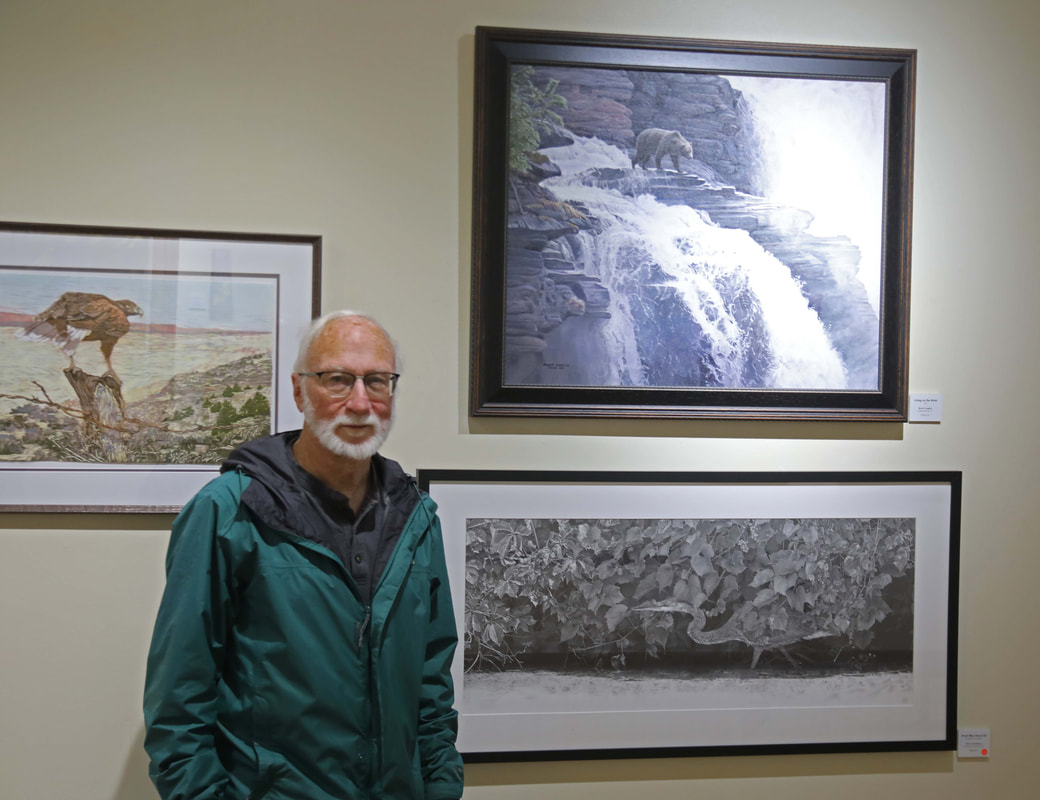
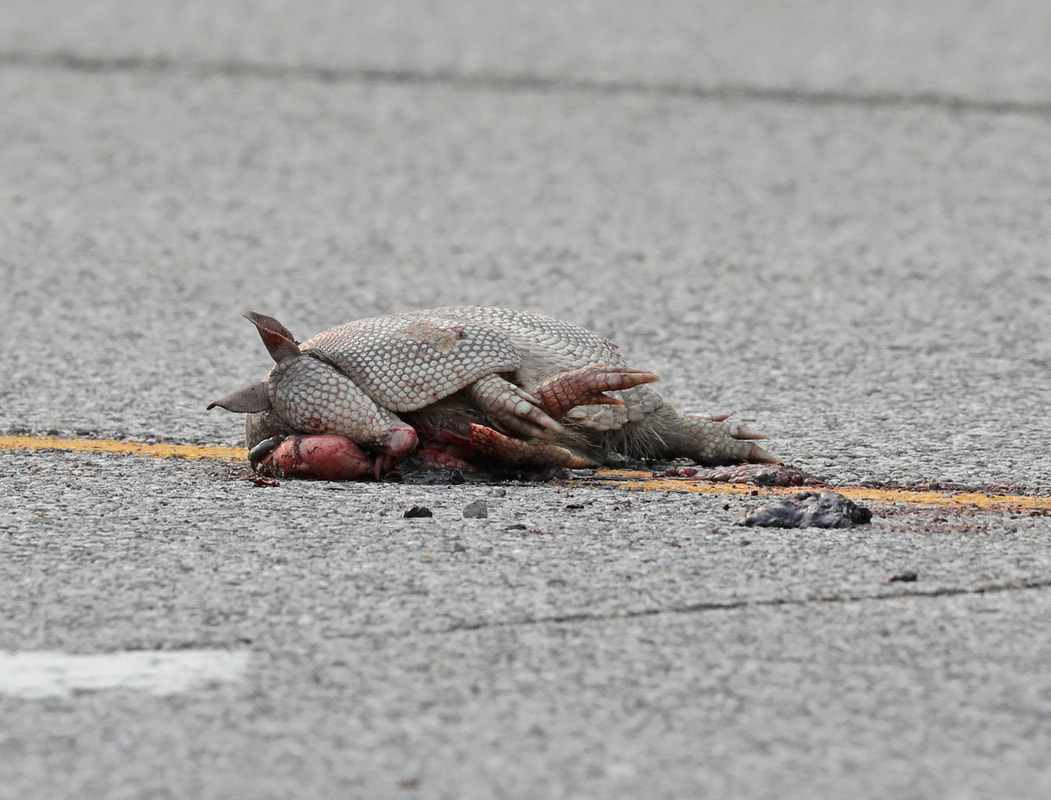
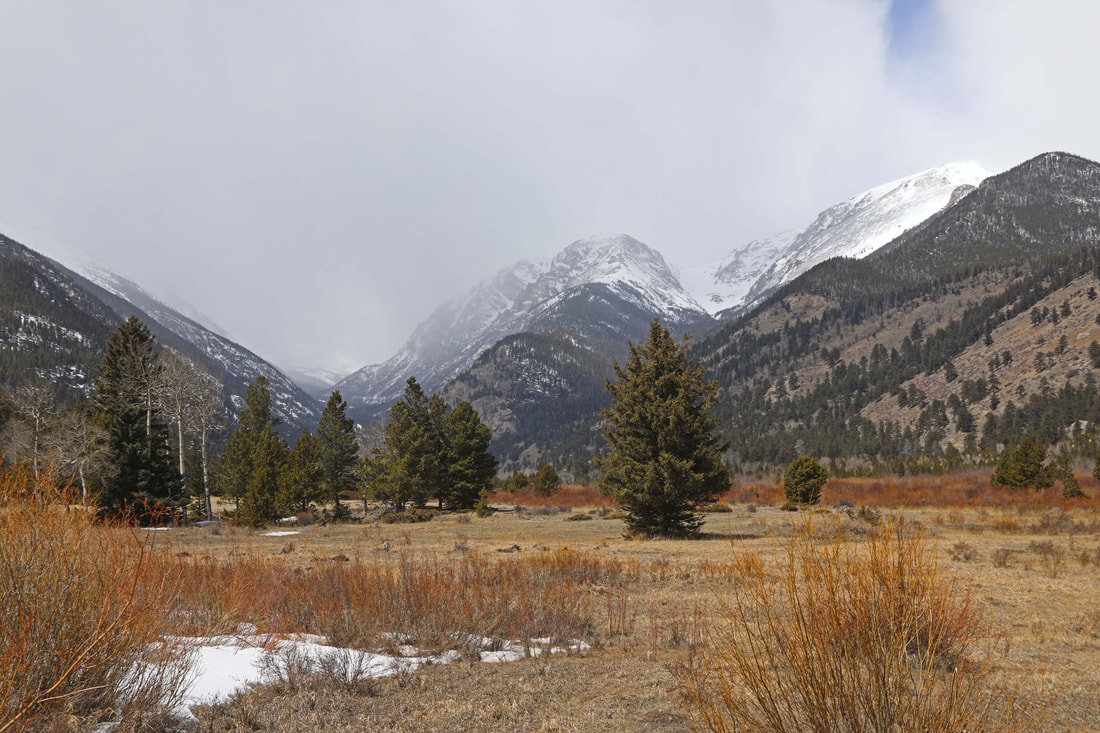
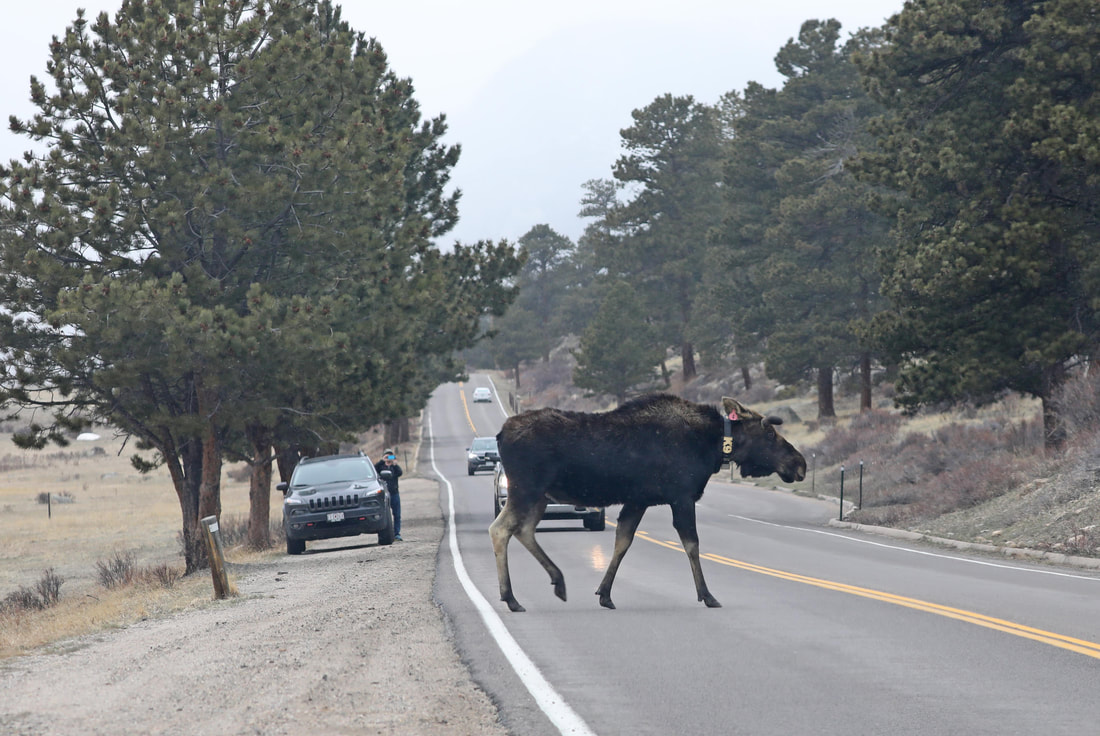
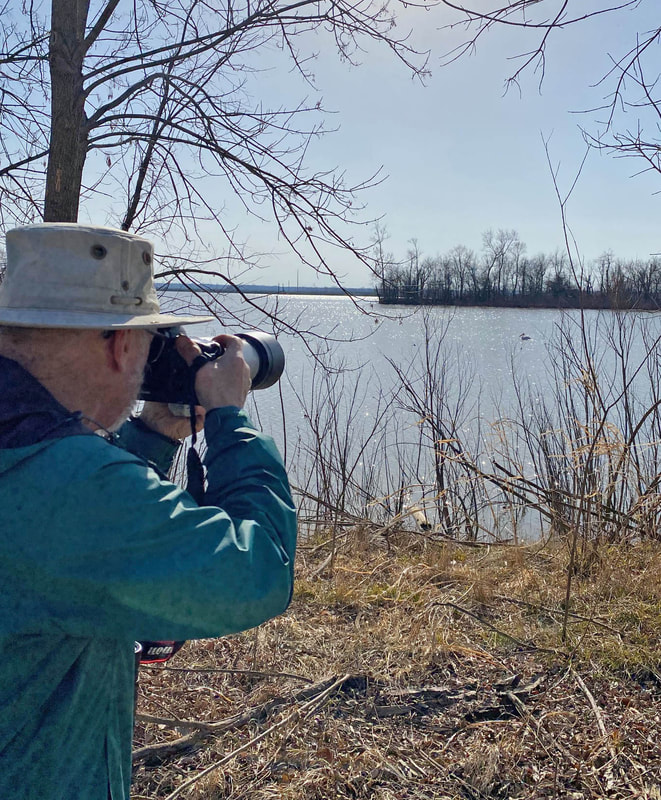
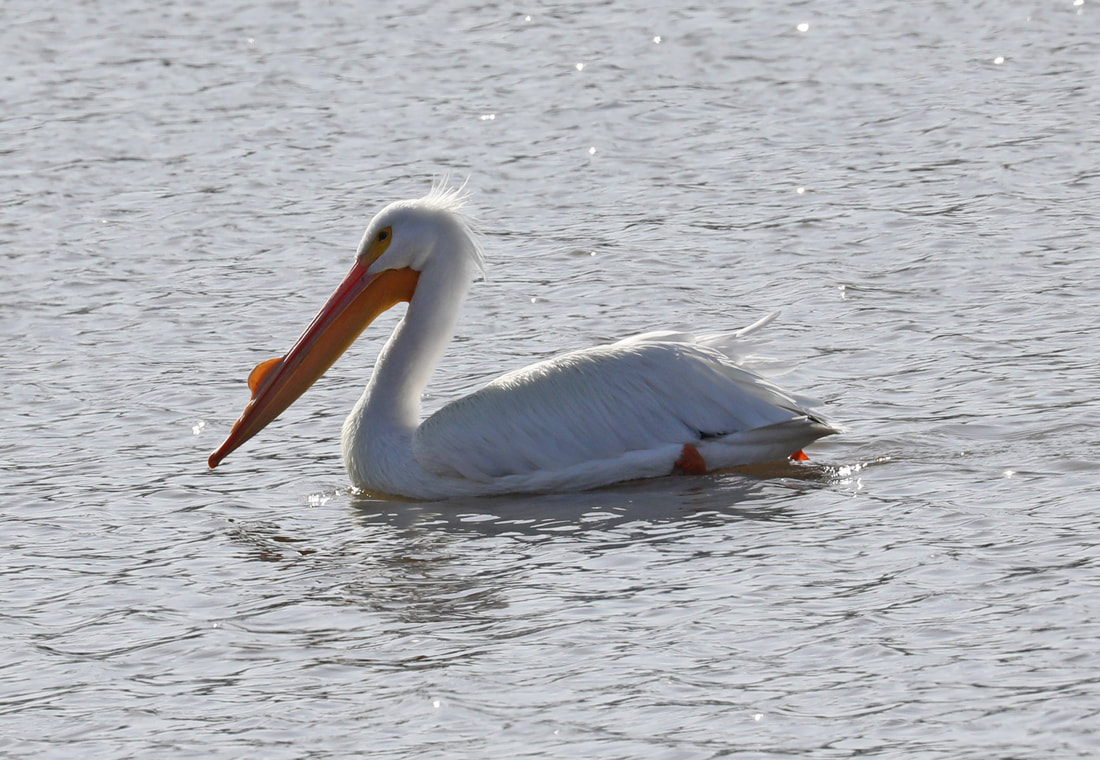
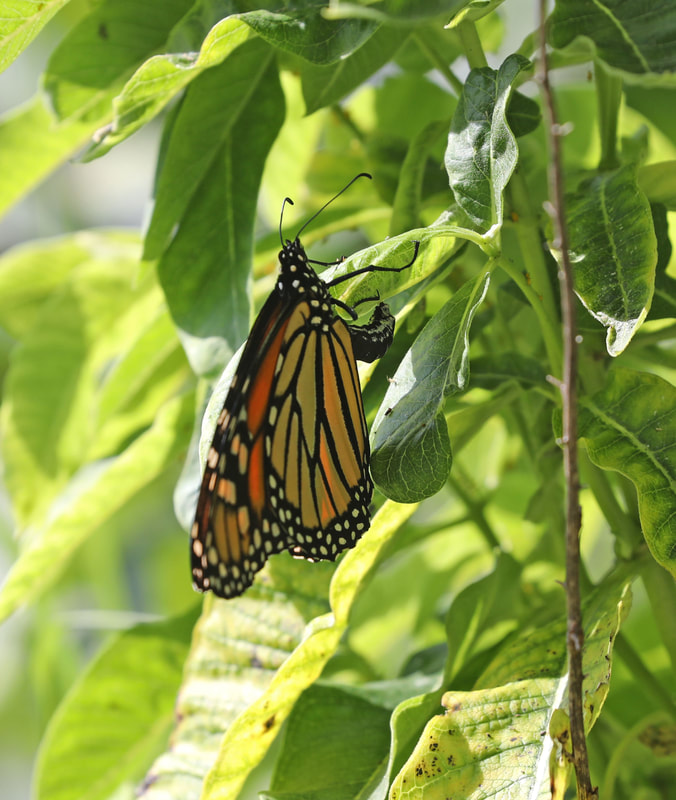
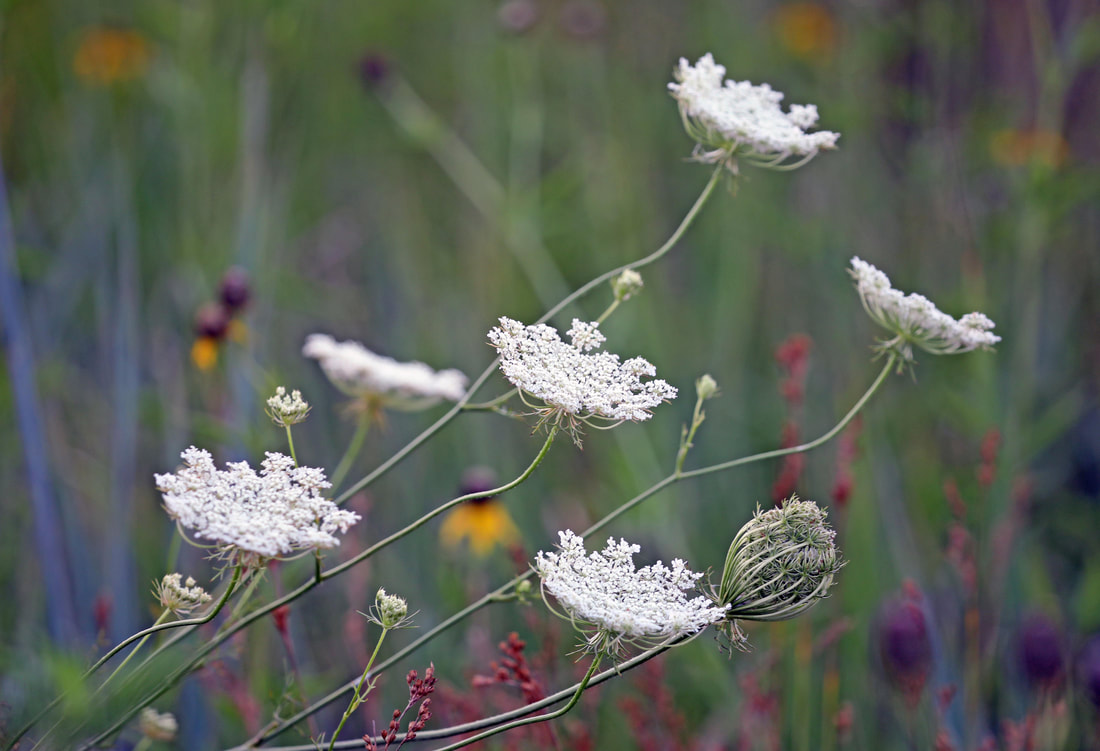
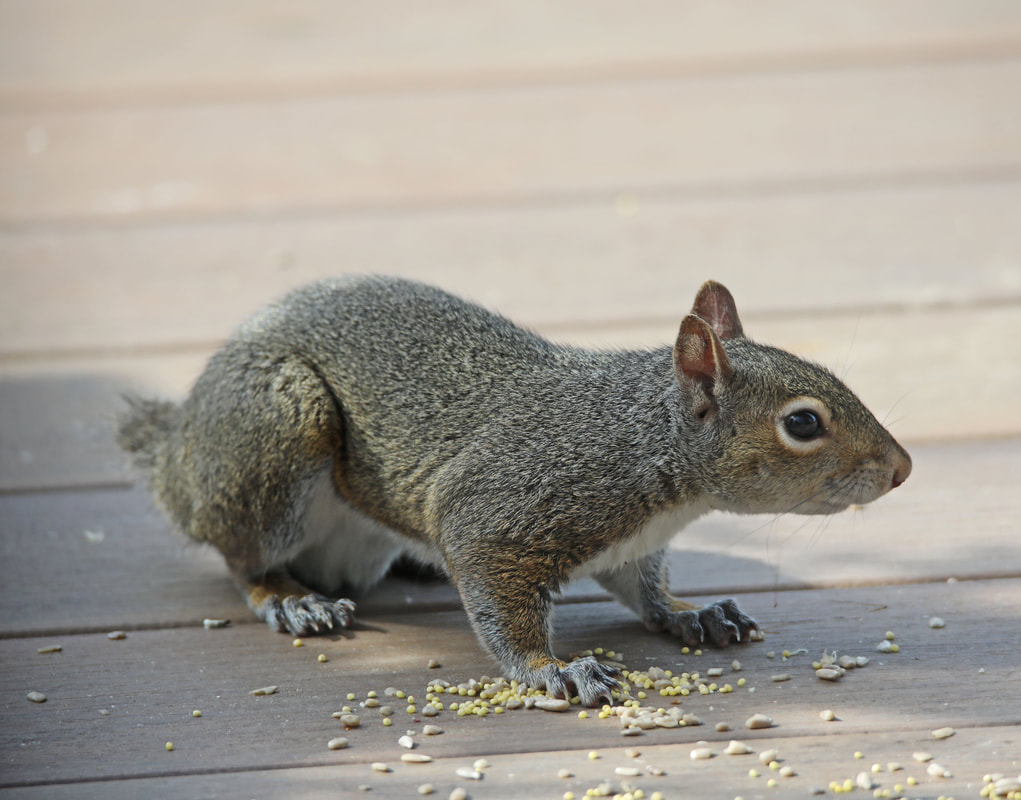
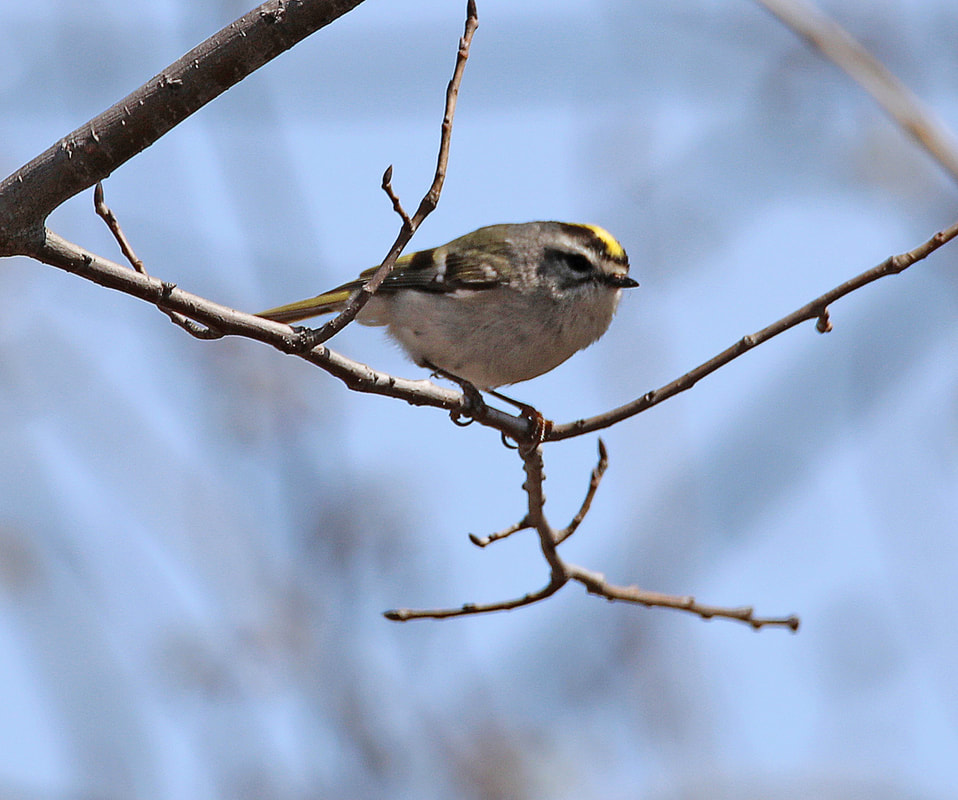

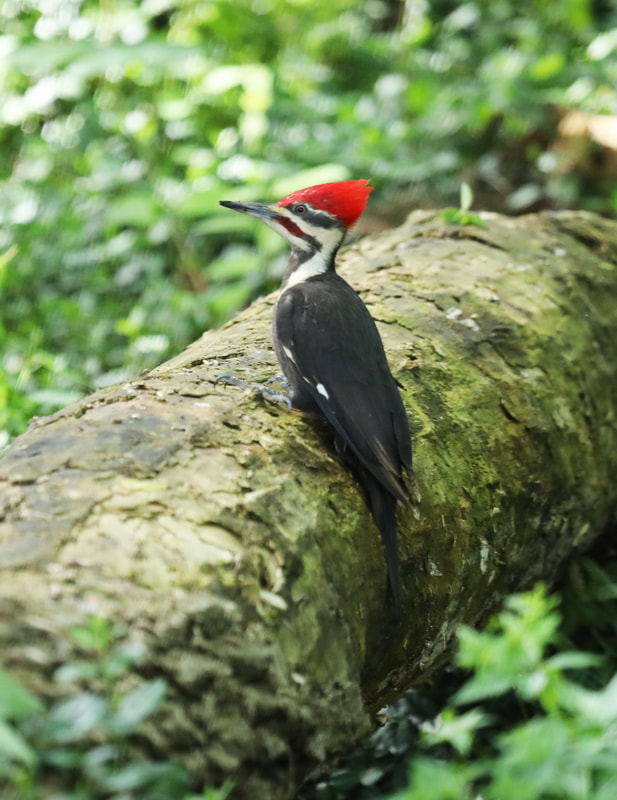
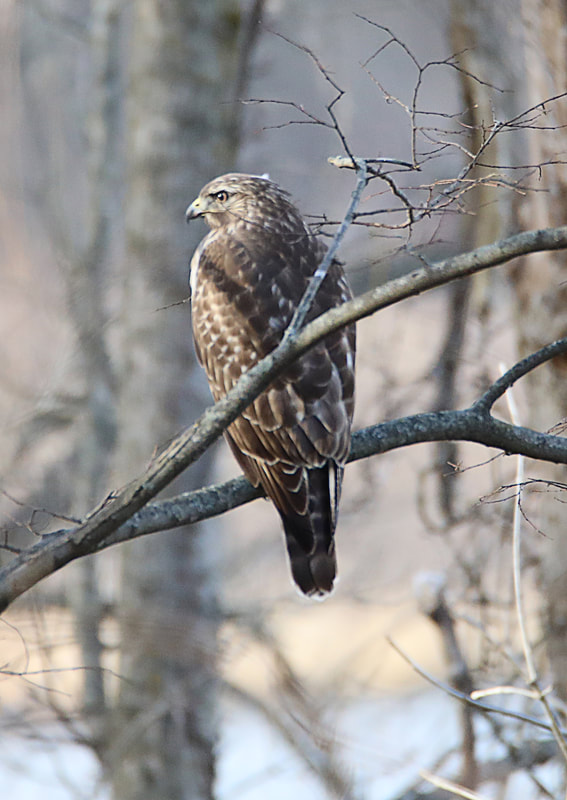
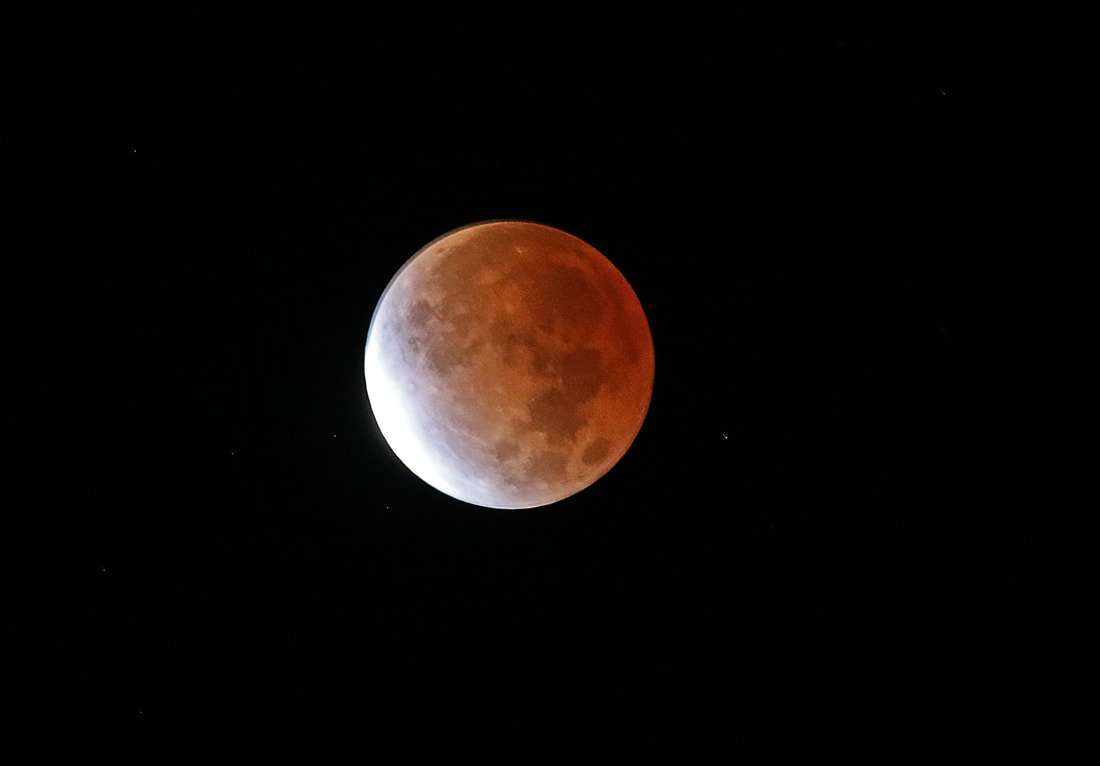
 RSS Feed
RSS Feed